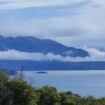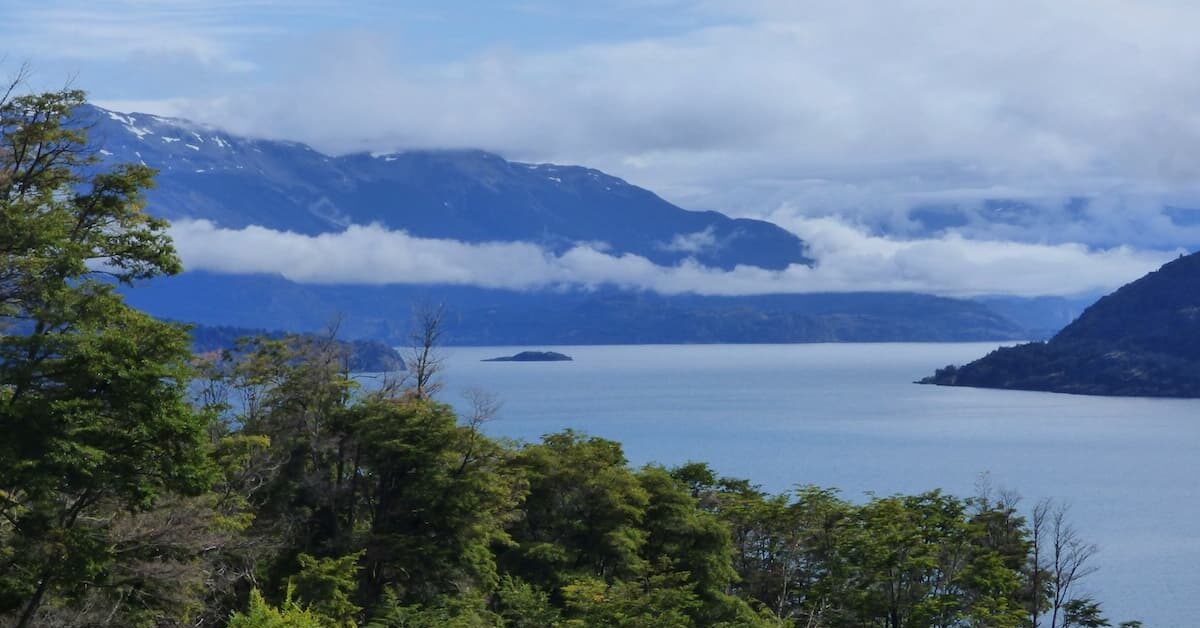
Go World Travel is reader-supported and may earn a commission from purchases made through links in this piece.
As I guided my kayak through the narrow, twisting marble cave, I marveled at the swirls of turquoise-colored rock. Although it was only my second day in the Aysén region of Patagonia — the remote, breathtakingly beautiful region that has inspired dreamers, adventurers, and entrepreneurs for over a century — I understood why they came and why so many of them stayed.
I have traveled to the southern tip of Patagonia several times, to explore Torres del Paine National Park, to cruise through the Strait of Magellan and to Antarctica, and to stand in a blasting wind on Cape Horn. But the Aysén region, located in Chile’s southernmost third, is even more remote and beautiful.
Best Tips & Tools to Plan Your Trip
To quote famed wilderness photographer, Linde Waidhofer, this is the “Unknown Patagonia,” the region that few know about and even fewer have visited. It’s that very “unknownness” that inspired me to visit the region and experience it for myself.
This region was essentially inaccessible until 1976, when General Pinochet initiated construction of the Carretera Austral, the Southern Highway. From Puerto Montt in the north to Villa O’Higgins in the south, this almost 800-mile highway passes through some of the most magnificent scenery on earth.

Turquoise Lakes, Caves and Rivers in the South
After a night in Coyhaique, a one-hour drive from Balmaceda, the only airport in the region, my wife and I headed south to Mallin Colorado Ecolodge, tucked into a protected cove on the southern edge of the massive General Carrera Lake, the second largest lake in South America after Lake Titicaca.
It’s not an easy drive. Most of it is on an uneven two-lane gravel highway studded with bone-jarring potholes.
Fortunately, we had an experienced local driver who was unfazed by the challenge, so I was free to gawk at the wall of mountains looming like sentries over the broad river valley and the broken clouds wrapped around pointy peaks. Purple lupines lined the road, adding a touch of color to the monochromatic scene.
The scenery got even better when we reached the lake. Now we were looking at jagged peaks and glaciers across a wide expanse of turquoise-hued water. As the day wound down, the grey massifs across the lake glowed orange in the rays of the setting sun.
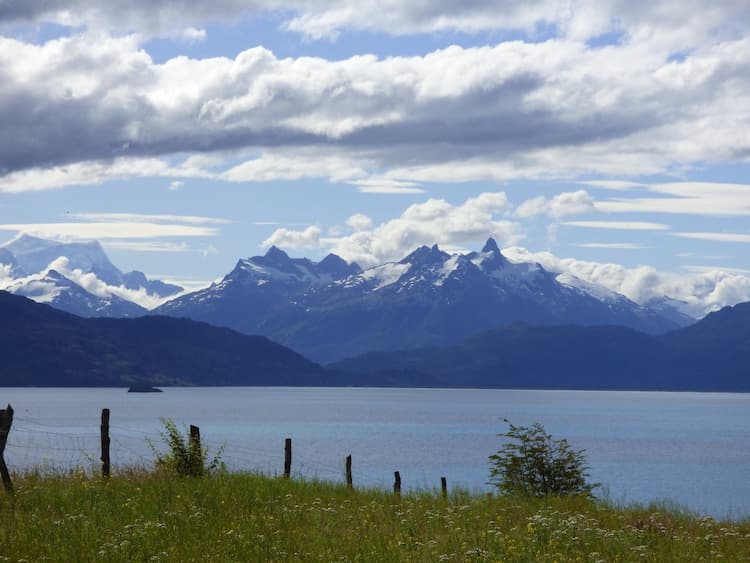
We stayed in the family owned Mallin Colorado Ecolodge, a serene, peaceful place with outstanding views of General Carrera Lake and surrounding mountains. Eduardo and Maria Christensen, parents of seven, purchased the property decades ago to serve as a family retreat.
Eduardo, a professional agronomist, cleared the overgrown weeds that blocked views of the lake, planted trees, and with help from other family members, designed and constructed all the buildings on the property. In the early 2000s, the Christensen family converted the property into a thriving business, renting rooms to adventuresome tourists.
We easily could have spent our four days at the lodge sitting on the porch outside our room, gazing at the panorama before us, but there was much more to see and do. My favorite activity of our stay was the three-hour kayak to, around, and through the Marble Cathedral, Chapel and Cave — graceful, colorful, layered marble formations jutting out of the lake.
We also visited the dramatic confluence of the Baker and Nef rivers, where the waters, jade-colored from glacial silt, roared over rocks and falls. Later that day, we toured a misty, drizzly Patagonia National Park.
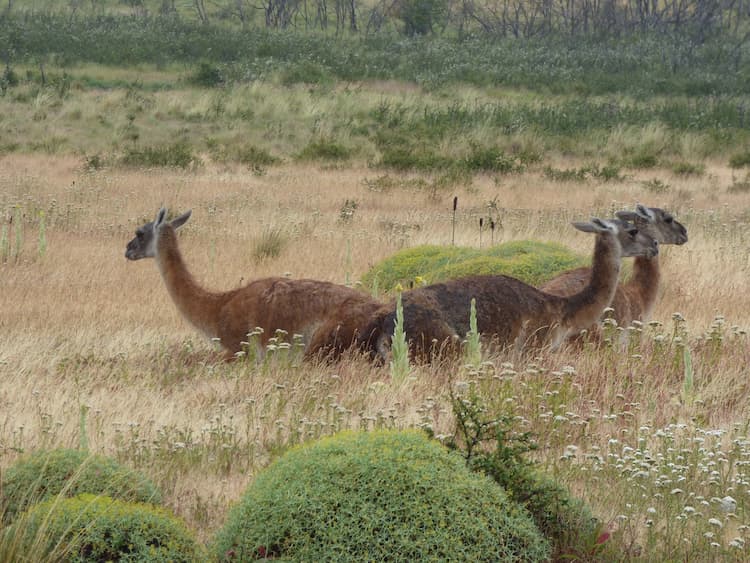
Free-roaming guanacos (a distant cousin to the camel and llama) nibbled on the grass surrounding the tiny cemetery where conservationist Doug Tompkins, the founder of the clothing companies Esprit and North Face, is buried. Tompkins, who helped establish several national parks in Chile and Argentina, died from hypothermia on an ill-fated kayaking trip in 2015 on the very lake we gazed at every day.
On our last full day, we visited the town of Puerto Guadal, just a few miles away. My favorite spot was the cemetery. This may sound morbid, but I love visiting cemeteries in foreign countries, especially in far-flung corners of the world.
Each grave, often decorated with moving displays of grief and love, tells a story of a person, of their family, of the community and culture of which they were part. I try to imagine their lives in a place and era much different than my own. Where did they come from, how did they live, how did they die?
The view from the cemetery is impressive, but it gets even better a couple of miles down the road with a full-on vista of the lake looking back in the direction of the lodge.
The jagged peaks and glaciers of the southern ice fields loom over the scene. If we had another day at the lodge, we would have hiked four hours over the ridge behind the lodge to the best viewpoint to contemplate the ice fields in all their vast, gleaming glory.
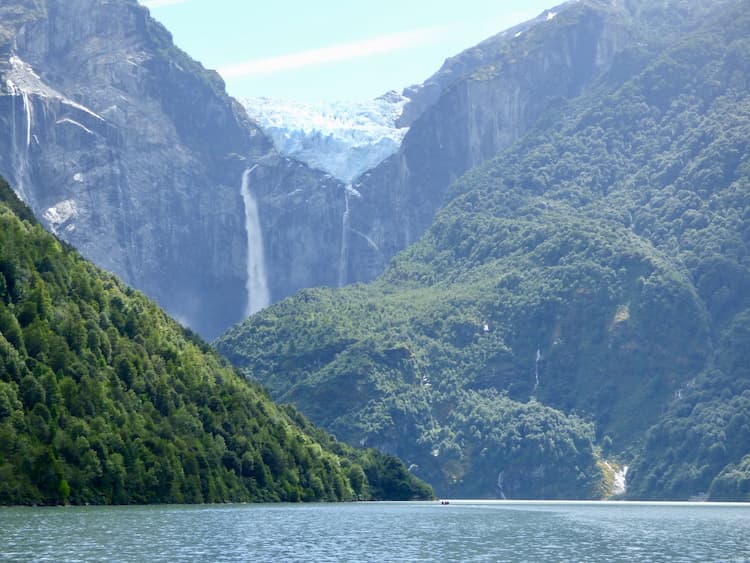
Mountains, Forests and Hanging Glaciers in the North
From the Mallin Colorado Ecolodge, we headed north, back to where we started, and beyond. As we drove, the scenery changed dramatically. If the southern portion of the Carretera Austral reminded me of the Sierra Nevada mountains of California, the northern portion looked more like Southeast Alaska and the Olympic Peninsula in Washington State (with no bears and poisonous snakes).
In the humid north close to the ocean, the mountains are covered with trees, their roots clinging to the sheer rocks like the fingers of desperate climbers. The lush, vertical forest was shrouded in clouds and mist.
Our destination in the north was the Hotel Termas de Puyuhuapi, on the edge of a Pacific fjord, reachable only by boat. The main attraction of this posh hotel and spa are the thermal baths and pools, most of them outdoors overlooking the fjord. The hotel is also surrounded by thick, dripping rainforest.
On our one full day at the hotel, we hiked for an hour or so through the rainforest, working up a grand sweat in the humidity, then soaked in a secluded bath on the bank of the fjord. Since most of the other guests were off on an excursion across the fjord, we had the bath entirely to ourselves.
It’s hard to imagine that the trip could get any better, but it did. On our last full day, we stopped in Queulat National Park to see the famed Hanging Glacier, a wall of ice “hanging” between two slopes on the edge of a precipice. After hiking an easy two-mile trail through the forest and across a footbridge suspended over a roaring river, we reached a large lake.
We could see the hanging glacier across the lake, spanning two slopes and feeding a long narrow waterfall. Through the telescopic lens of my camera, I could see chunks of ice tumbling from the glacier and splashing into the waterfall. In a trip that featured one spectacular vista after another, this was perhaps the best, especially when we cruised across the lake in a Zodiac for an even closer look.
In many ways this was the ultimate road trip — a journey through a pristine corner of a remote country where the air is fresh and sweet, the vistas are wide and far, and the roads are largely empty.
If I were younger, I would have loved doing this road trip myself, stopping for the night in funky hostels and guest houses. Now I am happy to have someone else do the planning (and driving) and stay in luxury spas, boutique hotels and secluded lodges and just sit back and enjoy the spectacular views.
If you go:
Round-trip air fare from Washington D.C. to Santiago, Chile, is about $1,250. From Santiago to Balmaceda, the round-trip fare is about $200. As for the other details, I strongly recommend letting a tour company like Adventure Life (adventure-life.com) organize everything for you, including the lodges, hotels in Coyhaique, and especially the driver.
Don and Katherine’s trip was hosted by Adventure Life.
Inspire your next adventure with our articles below:
Author Bio: Don is an award-winning travel writer. After a 40+ year career as an organizational psychologist, consultant, and academic, he transitioned to travel writing with the publication of his National Geographic book, Riding the Hulahula to the Arctic Ocean: Fifty Extraordinary Adventures for the Seasoned Traveler (with Shannon Stowell, 2008). The Wall Street Journal called this book, “ One of the best travel books to cross our desk this year…A wonderful – and inspiring – read.”
- Travel Guide to Colorado - April 26, 2024
- Travel Guide to Croatia - April 26, 2024
- Top 10 Things to Do in Ireland - April 25, 2024

